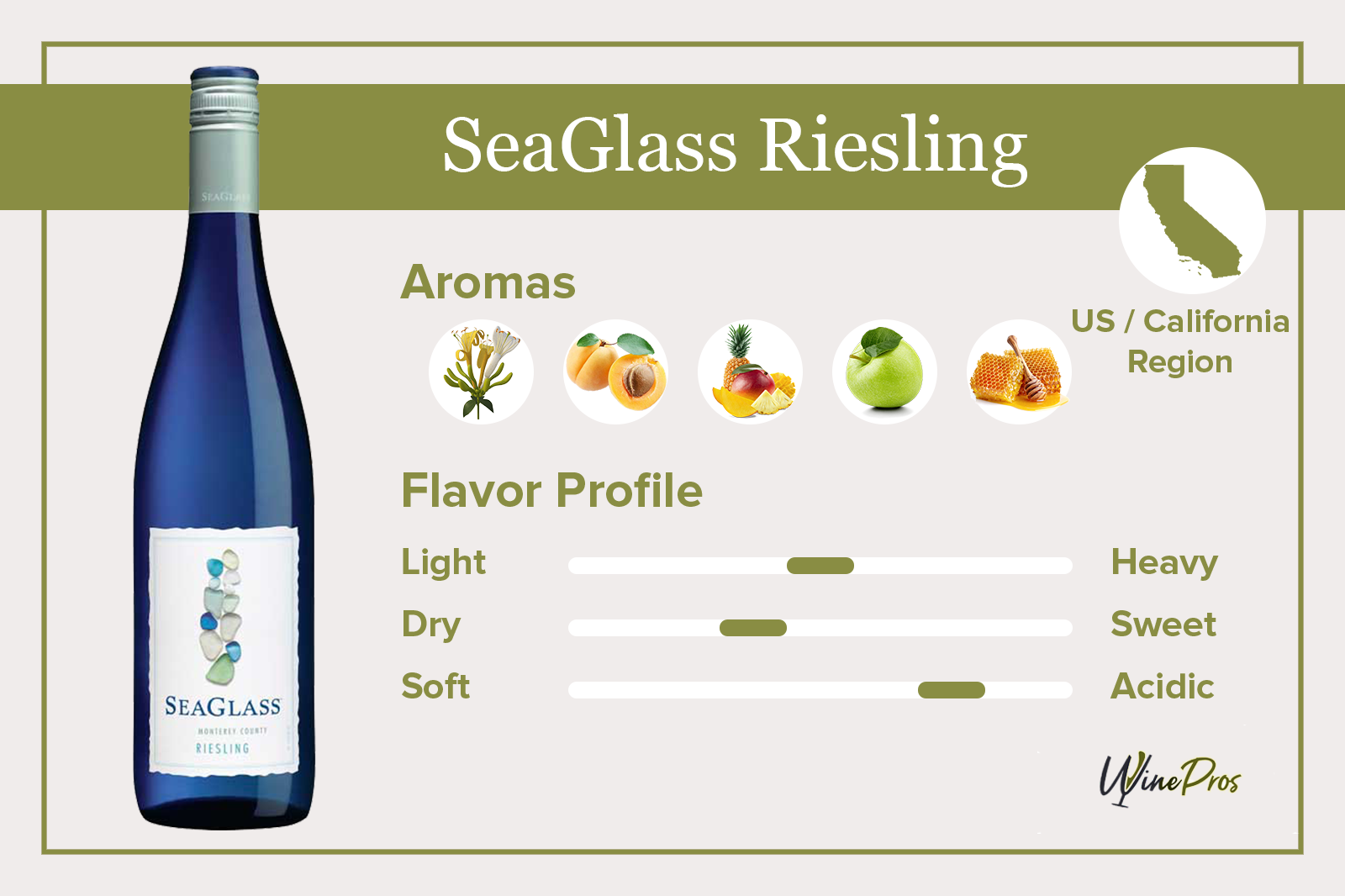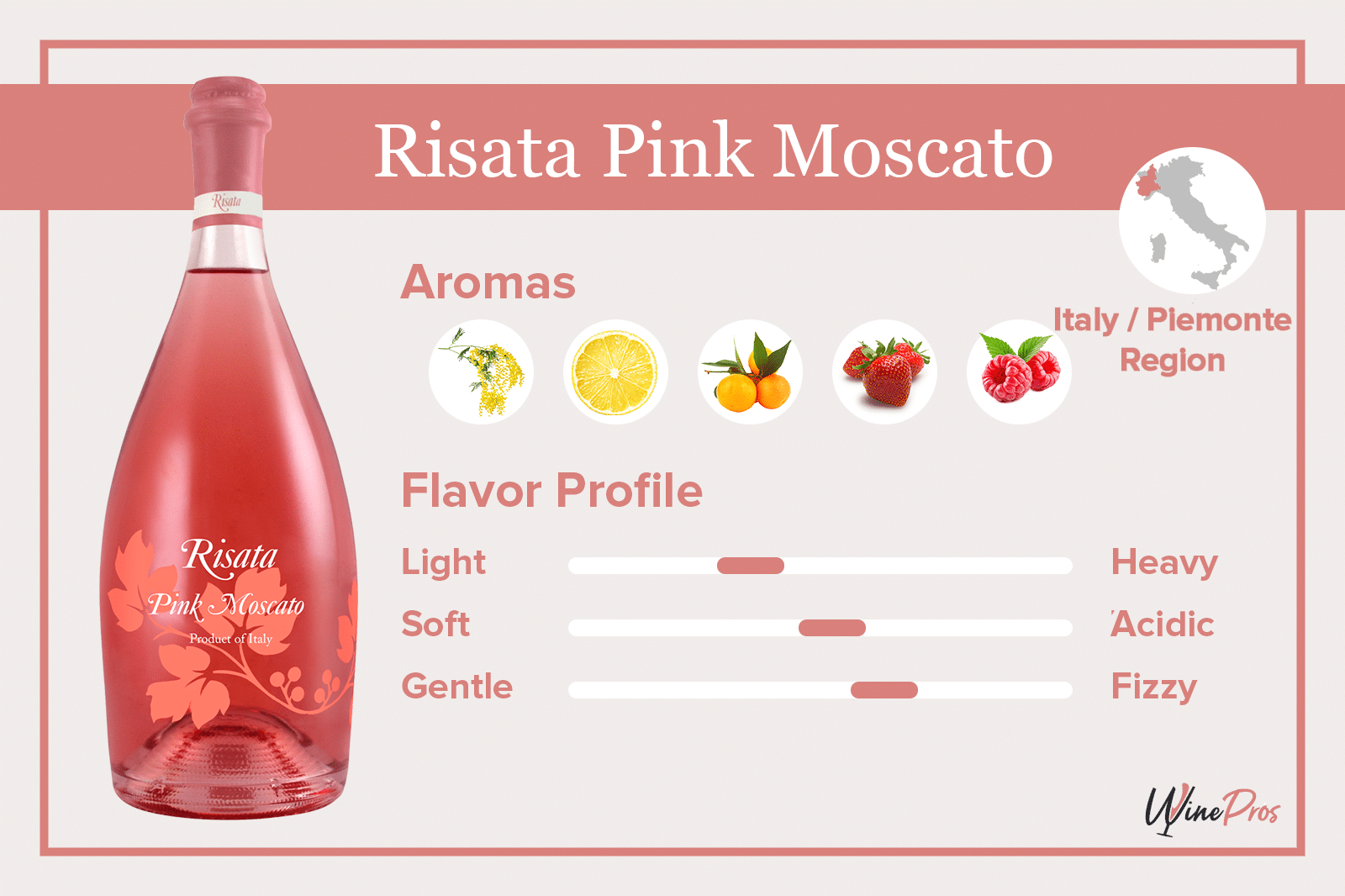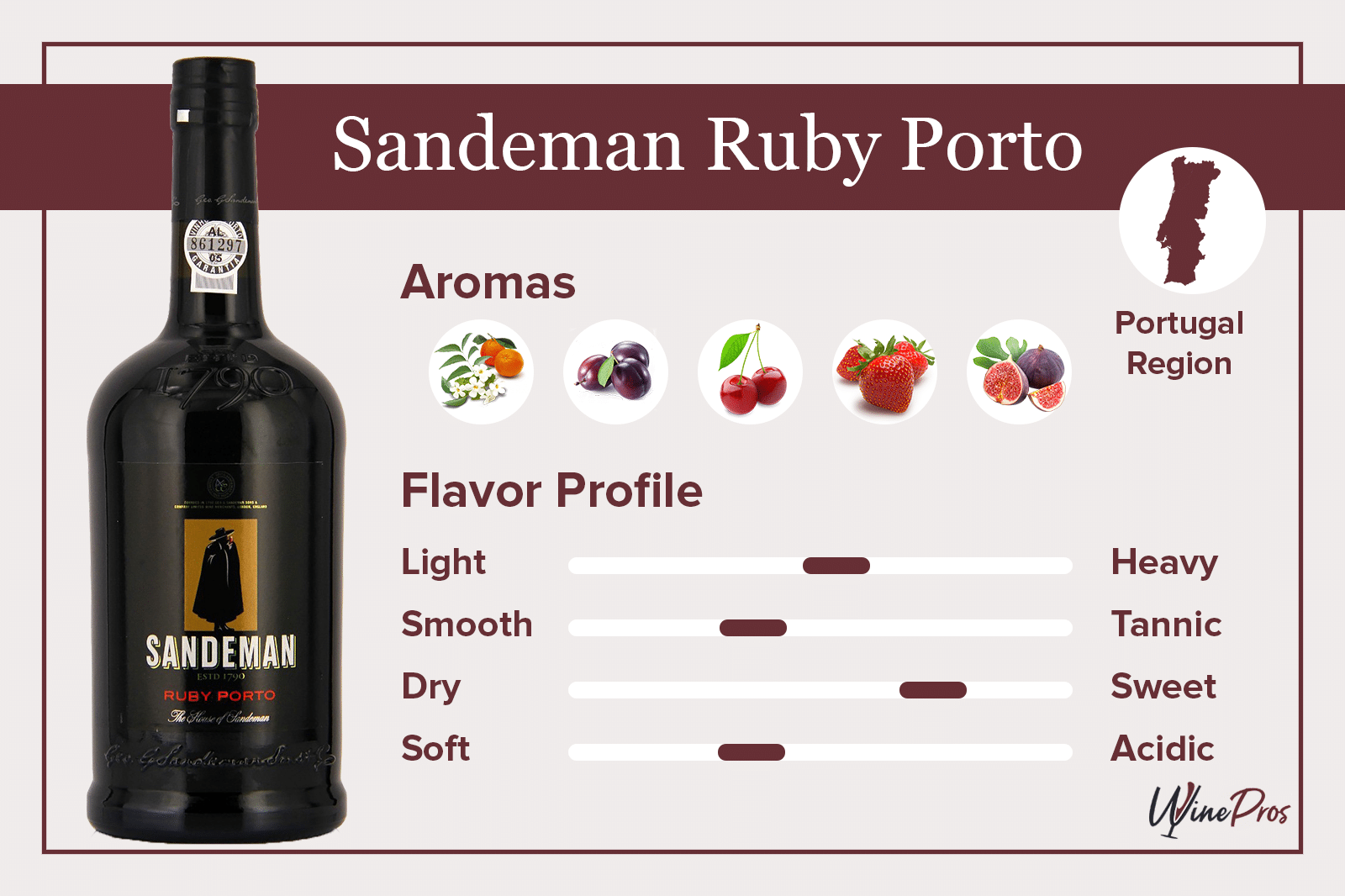What Kind of Wine Is Sutter Home White Zinfandel?
Sutter Home White Zinfandel is an off-dry rosé wine with pronounced strawberry notes. It is produced in St. Helena County, California. The wine has received multiple awards, including the Gold medal in the 2018 San Diego International and the 2018 Toast of the Coast, for instance. This one is the original White Zinfandel wine, crafted back in 1972, when Sutter Home attempted to find a way to take advantage of underused Zinfandel vines, but, instead, they came up with the wine. Over the next decades, the blush wine increased in popularity, becoming America’s favorite wine beverage.
White Zinfandel is an offshoot of Zinfandel, which is thought to have originated from Italy’s Primitivo. However, recent DNA research and testing have traced its roots back to Croatian vineyards. Generally considered “easy-sippers” that do not cost a fortune, White Zinfandels are of average quality. Some wineries are trying to redefine the wine by producing exclusively dry rosés with luscious flavors. These, depending on the vintage, may command a higher price and are perfect for a different, bolder wine-drinking experience.
Sutter Home White Zinfandel Review

- Winery — Sutter Home
- Country/Region — United States, California, Napa Valley County, St. Helena
- Type — Californian White Zinfandel
- Aroma — Honeysuckle, Rose Petal, Strawberry, Raspberry, Apricot, Passionfruit, Grapefruit, Molasses
- Grapes — Zinfandel
- Taste — Pineapple, Guava, Banana, Peach, Blackberry, Apple, Bubblegum, Butterscotch, Cream, Flint, Wet Pebbles
- Alcohol Content — 9.5%
- Sugar — Off-Dry
- Pairing — Pulled Pork, Lamb, Bacon, Sea Bass, Cheddar, Halloumi, Baked Beans, Carrot Cake
Just a few decades ago, White Zinfandel did not exist on the wine map, but today, it has become one of the best-selling wines in the world. As such, it might be a newcomer to the wine industry, but it has managed to grab the attention and win the appreciation of wine aficionados. Sutter Home White Zinfandel is original and arguably the best example of a Californian Zin. Therefore, it would be unwise for consumers to miss out and not try it at least once. Besides, the off-dryness, the pronounced berry notes, and the gentle fizziness render it a distinctive and dynamic wine and a bright piece of the history of North America’s viniculture.
Tasting Notes
Pale in color, very fruity, off-dry to medium-sweet, and low in alcohol, Sutter Home White Zinfandel is refreshingly sweet. It starts with delightful floral fragrances of rose petals and red berry scents. Next, on the palate, juicy flavors of guava and pineapple mingle with butterscotch touches. The acidity is fizzy, as in sparkling wines, while the finish has a creamy texture and minerals. Without a doubt, Sutter Home White Zinfandel is delicious, palatable, and enjoyable.
Appearance
Sutter Home White Zinfandel is attractive in color and reminiscent of candy. The wine is pale ruby-red in color that opens into a clean core. A soft, pink reflection appears on the sides of the glass, giving a bubblegum look. That is in line with the wine’s flavor profile that it is so amazing. As for the tears of the wine, they are medium and watery. As such, Sutter Home White Zinfandel has a bright, vivid, and playful appearance!
Aroma
On the nose, Sutter Home White Zinfandel is very fragrant, with honeysuckle and rose petal aromas dominating. With a few swirls, though, the true sweet-smelling character of the wine unfolds as strawberry notes blend with apricot, passionfruit, and grapefruit. The result is a fresh aromatic bouquet, perfect for blowing your cares away.
Taste
On the palate, the Sutter Home White Zinfandel taste has the tropical flavors of pineapple, guava, and banana, as well as peach and blackberry tones. Expect to taste stone fruit, apple, and intense, candied bubblegum, too. On top of that, pronounced cotton candy elements are present in the mouth, accompanied by lively and unstoppably refreshing acidity. This candied character is what made White Zinfandel so successful in the American market, as American wine fans love every single sip of it.
Finish
The finish is not the strongest point of Sutter Home White Zinfandel, but still, it is pleasant enough. It is of medium length and creamy, showing minerals, such as flint and wet pebbles. As such, the back palate adds to the fruity experience, bringing out a secondary, more rounded personality of this White Zinfandel. Wonderful!
Rating
Sutter Home White Zinfandel is light, refreshing, and crisp. It is not too sweet, but may be unpleasantly sweet for some palates. Smooth and fruity, this White Zinfandel might be simple, but it is super palatable. Without a second thought, the Sutter Home White Zinfandel is an obvious recommendation to wine enthusiasts looking for an easy-going wine to enjoy poolside on a hot summer’s day.
Sutter Home White Zinfandel Food Pairing
The Sutter Home White Zinfandel wine makes a superb combo with pasta dishes, especially those with cream sauces (think of spaghetti Carbonara), white fish, lamb, pork, and Indian cuisine. Pair the wine with grilled sea bass or sea bream, a smoky, barbecued pulled pork, roast lamb with sweet figs, or a hearty Murgha Kari (chicken curry). Additionally, pancetta, bacon, crab cakes, egg dishes, or pâté are also incredible choices to match with White Zinfandel. Strive to combine the wine with highly acid foods, such as tomatoes and citrus, too.
As to cheese pairing, White Zinfandel goes nicely with rich and bold cheeses from cow’s and sheep’s milk, such as smoked Gouda, aged Emmental, sharp Cheddar, and Cypriot Halloumi. As a final note, remember to use herbs abundantly with the food you intend to pair with White Zinfandel, like cumin, sage, fennel, cardamom, or Cajun spice, among others. Zucchini and baked beans could also make some delicious side dishes. To sum it up, White Zinfandel is quite versatile and pairs with nearly everything from burgers to blackened salmon to sweet, candied desserts.
Frequently Asked Questions
Who Makes Sutter Home White Zinfandel?
Sutter Home White Zinfandel is a product of Sutter Home Winery, located in St. Helena, California. Founded in 1890, the Sutter Home Winery was closed during Prohibition and reopened in the late 1940s. Then, the Trinchero family bought it, reopening it in 1948. Sutter Home is responsible for creating the iconic American bubbly rosé, White Zinfandel, in the 1970s. Specifically, in 1975, the 1974 vintage red Zinfandel suffered a stuck fermentation, leaving the wine with a light pink color and about two percent residual sugar.
However, despite concerns that wine enthusiasts would not appreciate this wine style, Sutter Home’s customers loved this new White Zinfandel. By 1987 the wine had become the best-selling wine in the United States with 4.5 million cases sold. Today Sutter Home offers a vast range of crowd-pleasing varieties, including Chardonnay, Cabernet Sauvignon, Merlot, Moscato, and Sangria.
How Is Sutter Home White Zinfandel Made?
As an off-dry rosé wine made from the red-skinned Zinfandel grape, the White Zinfandel wine begins its journey to the glass with the standard vinification process. Unlike the fruit used in the typical red Zinfandel wines, the grapes used in the production of White Zinfandel are picked early into the harvest season when the acids are high.
The wine gets its rose-pink color from the Zinfandel grape skins. These are crushed and then removed from the juice during the maceration process. The Zinfandel grapes are picked early from the vines when the acids are high, the tannins green, and the flavors unripe and fresh. Next, the fruit is destemmed and crushed. Crushing breaks the skins of the grapes and liberates a quantity of juice. But damaging the seeds should be avoided. Otherwise, they release bitter oils and tannin, and the resulting beverage turns astringent and bitter.
After a quick crushing, pressing follows. Pressing separates the liquid and the solid constituents of grapes. Seeds should remain undamaged once again. Afterward, the crushed grapes are separated from the juice, which goes into a stainless-steel tank where the alcoholic fermentation begins. This process is responsible for giving the final wine its texture as well as candied flavors. Before the fermentation ends, the winemaker typically halts fermentation before all the sugar converts into alcohol to create distinctive White Zinfandel wines that tend to be slightly sweeter than other rosés. At this point, the acidity, alcohol levels, and residual sweetness are in perfect balance, with the final wine being refreshing and fizzy.
Where Is Sutter Home White Zinfandel Made?
Sutter Home Chardonnay is from St. Helena, California, where the inspiring vineyards produce remarkable fruit. California is considered the center of the American winemaking industry. The Mediterranean climate provides crucial warmth to the vines, resulting in elegant wines. Unlike wines produced in other parts of the world, Californian wines prefer to conserve their refreshing fruitiness in favor of structure and great elaborateness. They remain delicate, ignoring unnecessary complexity.
St. Helena is in the Northern Napa County. It receives the warmest daytime temperatures of the region, producing some of the most concentrated, full-bodied wines of the United States. Cool air through the Chalk Hill and the Mayacamas Mountains provides relief from oppressive afternoon temperatures. Although Cabernet Sauvignon is the focus here, Zinfandel, as expected, and Syrah are also grown.
How to Serve Sutter Home White Zinfandel?
Sutter Home White Zinfandel is best served in medium-sized white wine glasses, tulip glasses, or even champagne coupe glasses because their large surface offers essential aeration to the wine. As the air comes into contact with the wine surface, the aromatic and flavor intensity of the Zin elevates, surpassing wine enthusiasts. Sutter Home White Zinfandel, like most white wines, is best at temperatures of 45-50°F (7-10°C). By chilling it, the strawberry and slightly buttery flavors are enhanced and become crispy, refreshing, and very palatable.
Place the bottle in the fridge way before guests arrive to keep it at the ideal temperature. Then, uncork the Zin without worry and let your patrons enjoy it to their heart’s content. Moreover, Sutter Home White Zinfandel has to stay cool during service to remain tasty. Just take an ice bucket and fill it with equal quantities of ice and water so that iced water surrounds the bottle. The water is then able to transfer the heat from the bottle to melt the ice. Air acts as an insulator, and the bottle chills. That said, remember that over-chilling overshadows flavors and mutes aromatics in wines, whether red, white, or rosé.
How Much Does Sutter Home White Zinfandel Cost?
Sutter Home White Zinfandel is super affordable. It is one of the most approachable and low-priced rosé wines in California. For example, the Sutter Home White Zinfandel price ranges from just $3 to $7 per 750ml bottle, depending on the retailer. Therefore, the wine is budget-friendly, with every wine fan being able to afford it, which is fantastic!
How Long Does Sutter Home White Zinfandel Last?
Most white and rosé wines should be consumed within a year or two from the date of bottling. Sutter Home White Zinfandel is bright and fresh, and therefore it has to be consumed young. So, Sutter Home White Zinfandel cannot benefit from extensive bottle aging. It is meant to be enjoyed as young as possible since if it stays too long in the pantry, the decline of its vividness is compounded, which is something no wine enthusiasts should desire. Avoid bottle aging Home White Zinfandel at all costs.
How Many Calories Does Sutter Home White Zinfandel Have?
Sutter Home White Zinfandel is a friendly wine option for consumers on a diet. There are about 21 calories in 1 fluid ounce of the drink, equating to almost 110 calories per serving. The calories breakdown is 0 grams of fats, 0 grams of sodium, 8.3 grams of total carbohydrate, 0 grams of protein, and approximately 5 grams of total sugars. The Sutter Home White Zinfandel calories, consequently, are definitely low, but the fact that the wine shows a high amount of carbohydrates might be off-putting to wine fans monitoring their carbohydrate intake. The relatively high sugar concentration could be a concern, too.
But the good thing about this Zin is that it has a low alcoholic concentration. The Sutter Home White Zinfandel alcohol content sits at 9.5%. That is the typical alcohol level of Californian White Zinfandels. After all, alcohol and sugar are responsible for increasing calories in wines, and fortunately, the wine shows very low alcohol levels to balance out the overall syrupiness. Bear in mind that unless specified on the label, most wines are not vegan. During winemaking, wines are clarified through fining, where the most commonly fining agents are animal-based. Vegans, consequently, need to consider this information before taking a sip of Sutter Home White Zinfandel.
Conclusion
Just a few decades ago, White Zinfandel did not exist on the wine map, but today, it has become one of the best-selling wines in the world. As such, it might be a newcomer to the wine industry, but it has managed to grab the attention and win the appreciation of wine aficionados. Sutter Home White Zinfandel is original and arguably the best example of a Californian Zin. Therefore, it would be unwise for consumers to miss out and not try it at least once. Besides, the off-dryness, the pronounced berry notes, and the gentle fizziness render it a distinctive and dynamic wine and a bright piece of the history of North America’s viniculture.







